America’s greatest natural wonders are the subjects of endless vacation-photo backdrops. But you can’t really experience the full glory of these places from a scenic overlook.
To get the best of them, you have to get out into them. And to do that takes muscle and an appetite for exploration.
From the California redwoods to Kentucky caves, active adventures abound. Most offer you the opportunity to move your body as a means to not only reach your destination, but also to amplify your enjoyment of these popular vacation spots.
Activities like hiking, kayaking, climbing, skiing, and rappelling (to name just a few) create a multisensory, kinesthetic connection to your surroundings, helping to stamp an indelible impression you’ll carry with you long after you return home.
No matter which region of the country you find yourself in, there’s no shortage of unique landscapes awaiting exploration.
“Ours is a large country graced with a stunning diversity,” says Bill Flower, the former Outings Committee chair for the Sierra Club. Here are seven destinations Flower deems “some of the most remarkable places here or anywhere else on Earth.”
Niagara Falls
Where: Niagara Falls, N.Y.
Who: Daredevils and Niagara go hand-in-hand, but this adventure is for anyone who can put one foot in front of the other — and who doesn’t mind the cold.
Why: You’re likely familiar with the splendor of the falls in summer, but Niagara (the collective name for the three falls straddling the United States–Canada border) is no less magnificent in the off-season. Each winter, wind, water, and wicked low temperatures combine to create crystalline natural snow and ice sculptures. Take in the sights, then warm up by cross-country skiing or snowshoeing in nearby parks. With the whisper-quiet hush instead of the din of tourist crowds — the Maid of the Mist boat tour and other nearby attractions are in hibernation — the cascades are even more magical in the coldest of temperatures.
When: Niagara is at its loveliest and most peaceful in winter, when the tourists leave and Mother Nature takes over, leaving a breathtakingly beautiful sight, explains Angela Berti of Niagara Falls State Park. Select trails are open throughout the cold season.
How: Rent snowshoes or cross-country skis from Reinstein Woods Nature Preserve and Environmental Educational Center (dec.ny.gov), about a 40-minute drive from the 400-acre Niagara Falls State Park (niagarafallsstatepark.com).
Cost: $5 per pair for snowshoe or cross-country ski rentals.
Difficulty: Moderate, depending on snow and ice conditions.
Hoh Rain Forest
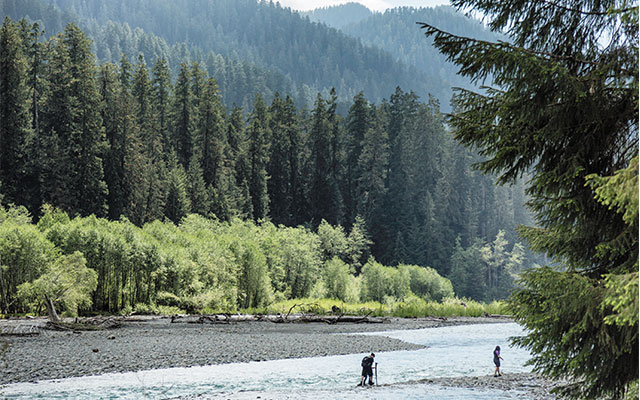
Where: Olympic Peninsula, Wash.
Who: Whitewater fans and other river rats.
Why: Twelve to 14 feet — yes, feet — of rain fall here each year. Embrace the wetness by rafting class II and III rapids along the glacier-fed, 50-mile-long Hoh River, a turquoise ribbon that spills from the 7,000-foot Mount Olympus and weaves among the deciduous and coniferous trees.
When: February through April for more challenging rapids (ages 10-plus); May through October for more placid ripples (ages 5-plus).
How: Reserve a half-day or daylong trip with Rainforest Paddlers (rainforestpaddlers.com).
Cost: $44 for a half day; $79 for a full day, including lunch.
Difficulty: Moderate; the rapids are appropriate for novice and intermediate rafters.
Acadia National Park
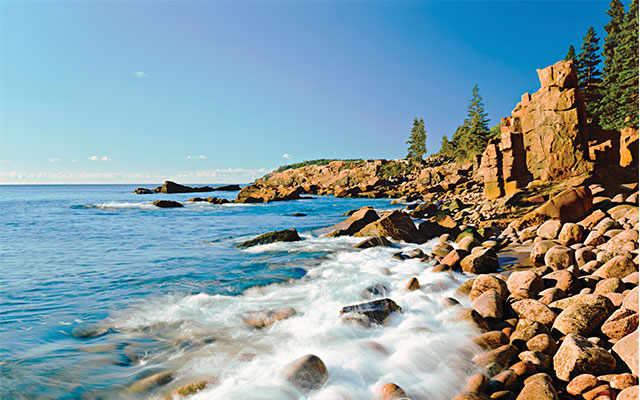
Where: Mount Desert Island, Maine
Who: Nature lovers, early risers, and anyone else who’d prefer to escape from the crowds that can clog other national parks.
Why: Cadillac Mountain, the 1,530-foot peak in Acadia National Park, is the highest point on the Eastern Seaboard, but it’s only one of Acadia’s highlights. Tidal pools, paddling-perfect ponds, and historic carriage roads built by John D. Rockefeller are set among 47,000 acres of raw coastline and wild woodland. Hike the 5.4-mile Schooner Head Trail and the 4.4-mile Cadillac Mountain North Ridge Trail, which overlooks Frenchman Bay; cycle around Seal Harbor; or undertake a crossing of Long Pond.
When: Any time. But be prepared for temps as low as 14 degrees F in colder months.
How: The park headquarters office offers maps and information (nps.gov/acad).
Cost: Seven-day park passes are $25 per vehicle ($12 per person on bike or foot); bikes are $23 per day, and watersports rentals start at $30 (nationalparkcanoerental.com).
Difficulty: As easy as you please. Those who want more challenge can hike and camp in Acadia’s more remote backcountry.
This article originally appeared as part of “American Wonders Revisited” in the December 2015 issue of Experience Life. To order a back issue, call 800-897-4056 (press option 3 when prompted). To get all the articles from each issue of Experience Life, subscribe online at ELmag.com/subscribe.
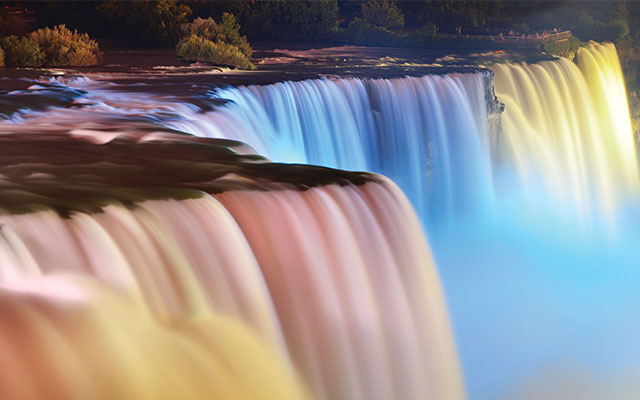
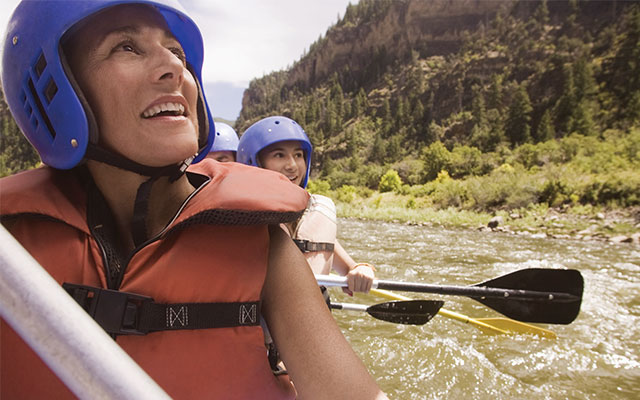
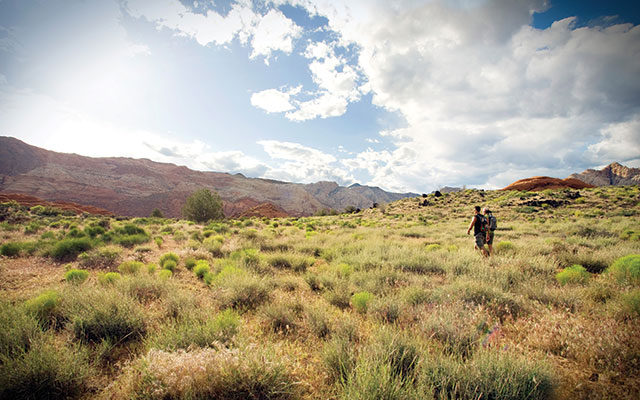
This Post Has 0 Comments